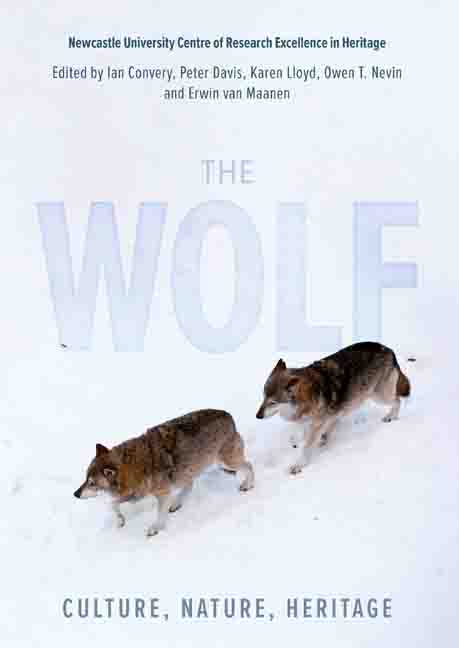Book contents
- Frontmatter
- Dedication
- Contents
- List of Illustrations
- Preface and Acknowledgments
- List of Abbreviations
- Poem: Trophic Cascade by Camille T Dungy
- Foreword
- Part I Imagining the Wolf
- Part II What Makes the Wolf
- Part III Return of the Wolf
- Part IV Personal Encounters
- Afterword: The Ecological Disadvantage of Living on an Island
- Glossary
- List of Contributors
- Index
23 - Wolf–Beaver Dynamics in the Greater Voyageurs Ecosystem, Minnesota
Published online by Cambridge University Press: 10 January 2024
- Frontmatter
- Dedication
- Contents
- List of Illustrations
- Preface and Acknowledgments
- List of Abbreviations
- Poem: Trophic Cascade by Camille T Dungy
- Foreword
- Part I Imagining the Wolf
- Part II What Makes the Wolf
- Part III Return of the Wolf
- Part IV Personal Encounters
- Afterword: The Ecological Disadvantage of Living on an Island
- Glossary
- List of Contributors
- Index
Summary
In the heart of the boreal forest in 1949, trappers gathered at a spring meeting in Wabowden, Manitoba, to discuss many items of business, including wolf predation on beavers. Recent debate and disagreement had broken out among the trappers regarding whether wolves actually killed beavers. One trapper stated wolves ‘harassed’ a beaver colony so extensively that he had to fell trees into the water to ensure the colony's survival. Some trappers remained sceptical and unconvinced. The debate was put to a lively and emphatic end when a trapper walked into the spring meeting and presented a bushel sack stuffed with wolf scats containing beaver fur (Nash 1951). The proof was in the poop!
Surprisingly, our understanding of wolf predation on beavers has progressed relatively little since 1949. Most attempts to study wolf predation on beavers followed an approach akin to the Manitoba trappers: collecting and examining wolf scats. By doing this, researchers in many areas across North America and Eurasia concluded, like the trappers, that beavers were important prey for wolves during the ice-free season. However, wolf–beaver dynamics received little attention beyond this, largely because (1) most wolf predation research was focused on wolf–ungulate interactions and predation on smaller alternate prey was not a priority (Gable et al 2018c), and (2) rigorously studying wolf predation during spring to autumn in forested ecosystems with dense vegetation was a monumental, and often impossible, task prior to GPS collar technology. Of course, many researchers and biologists had interesting ideas or hypotheses about wolf–beaver interactions, but most were based on anecdotal observations, indirect evidence or conjecture (Gable et al 2018c). None the less, these ideas were compelling and relevant. Some suggested dense beaver populations increased wolf pup survival (Benson et al 2013) and, in turn, wolf pack and population size (Andersone 1999; Barber-Meyer et al 2016). Others posited that dense beaver populations reduced wolf predation on ungulate prey (Forbes and Theberge 1996) while some claimed it increased predation (Andersone and Ozoliņš 2004; Latham et al 2013). Still others suspected wolves changed ecosystems by altering the ecosystem engineering behaviour of beavers (Peterson et al 2014). Clearly, wolf–beaver dynamics needed to be studied in more detail.
- Type
- Chapter
- Information
- The WolfCulture, Nature, Heritage, pp. 259 - 272Publisher: Boydell & BrewerPrint publication year: 2023



